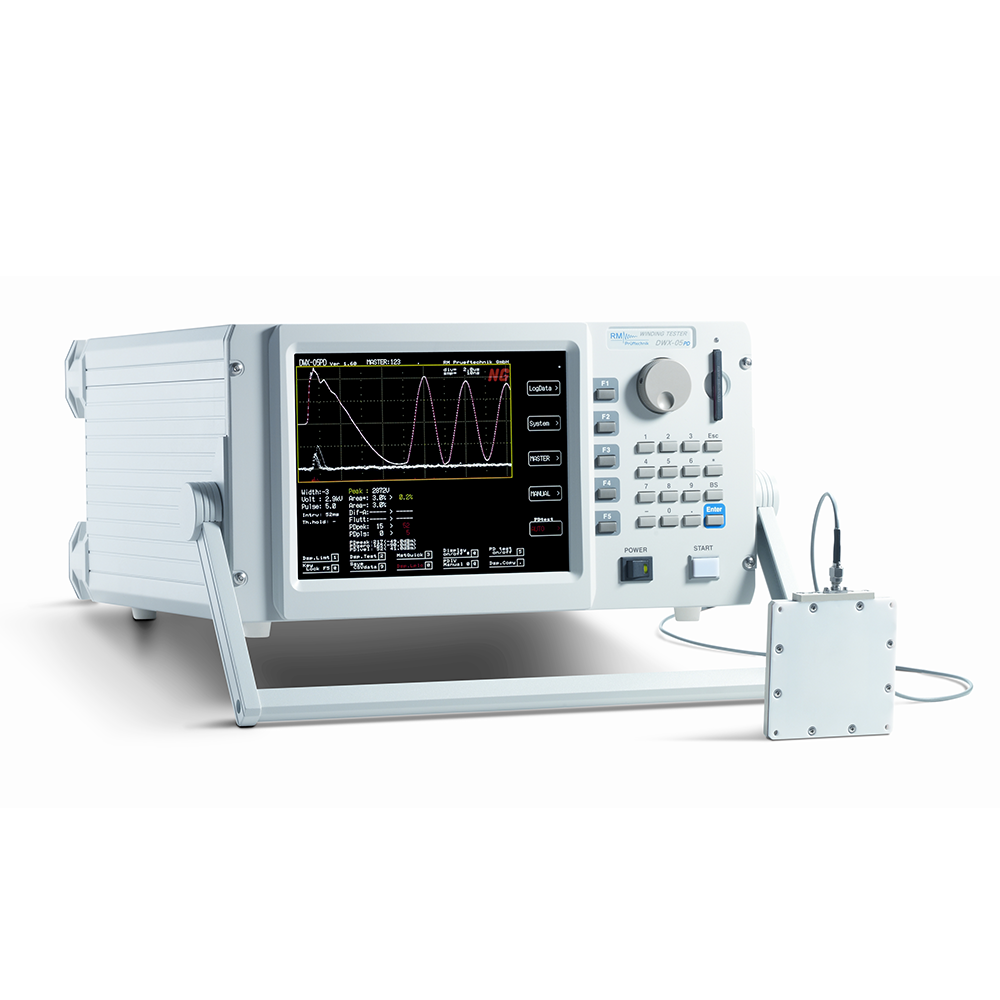Surge voltage tester
Combination test devices for high-voltage testing with short pulses to detect weak points in the insulation of electrical windings.
Surge voltage test
Surge voltage testing is carried out with extremely short high-voltage pulses and is ideal for detecting faults and weak points within windings. In contrast to high-voltage testing with DC or AC voltage, it enables the detection of winding faults, position faults or phase faults.
Benefits
Identification of latent inter-turn faults through the “runtime effect”Gentle testing due to minimal energy impactVery short test duration and therefore ideal for repeated testsHigh sensitivity due to short rise time (~100-200 ns)Can be automated for serial test procedures
